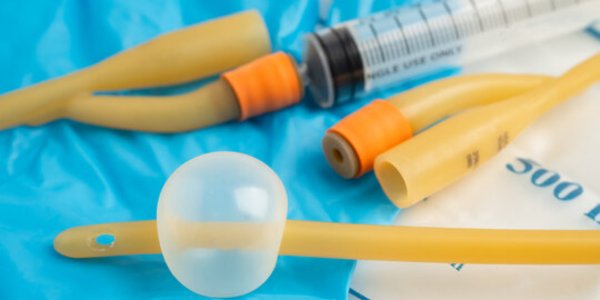Catheterophilia
Understanding Catheterophilia
The Psychology Behind Catheter Fetish
Catheterophilia refers to a sexual interest or arousal connected to the use of catheters — thin medical tubes inserted into the urethra to drain urine from the bladder. While catheters are designed for medical purposes, in some cases, individuals find the act of insertion, the sensation of control, or the clinical setting itself erotic.
This fetish can appear in different forms. For some, it’s about the physical sensation caused by the catheter’s presence. For others, it’s deeply psychological — tied to vulnerability, medical domination, or submission. The controlled and sterile atmosphere of a medical play scene often intensifies this attraction.
How It Fits into Medical Fetishism
Catheterophilia is part of the larger category known as medical fetishism, which includes interests in examinations, latex gloves, thermometers, and clinical power dynamics. Within consensual adult play, catheters are sometimes used to simulate a medical setting that blends physical sensation with emotional submission.
Safety and hygiene are crucial. Catheter play involves medical-grade tools, sterilization, and careful handling. Using non-sterile equipment or incorrect insertion techniques can lead to infection or injury. For this reason, participants often emphasize preparation, aftercare, and mutual trust.
Safe Practices and Boundaries
If explored responsibly, catheter-related play can be a part of trust-based intimacy. However, it should never be attempted without proper understanding of anatomy and sterilization procedures. Some experienced practitioners suggest using single-use sterile catheters and water-based lubricants while maintaining communication throughout the process.
As with any fetish or kink, consent and safety come first. Catheterophilia should always be an informed, respectful, and consensual experience shared between adults who understand the risks and boundaries involved.
FAQ
What does male catheterization feel like?
For men, it can feel unusual or slightly uncomfortable at first. The sensation depends on sensitivity, lubrication, and experience, but it should never be painful when done properly.
Does inserting a female urinary catheter hurt?
Some women feel mild discomfort or pressure during insertion, but it shouldn’t cause sharp pain. Proper lubrication and gentle technique make the process smoother.
Do you leave foreskin in place when inserting a catheter?
No. The foreskin is usually retracted before insertion to expose the urethral opening, then gently replaced afterward to prevent irritation.
How many inches to insert a catheter in a female?
Typically, a female catheter is inserted about 2 to 3 inches (5–7.5 cm) until urine begins to flow, indicating correct placement in the bladder.
Can you insert a female catheter yourself?
Yes, it’s possible with medical guidance. Some women self-catheterize due to health conditions. Clean, sterile technique and calm breathing help ensure safety.
What type of catheter is best for a female?
Single-use intermittent catheters are most common. They’re designed for comfort, easy handling, and reduced infection risk when used correctly.
















